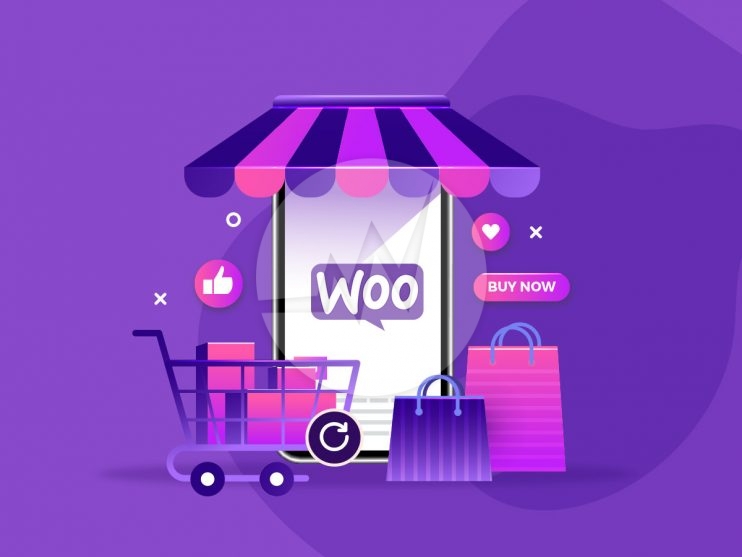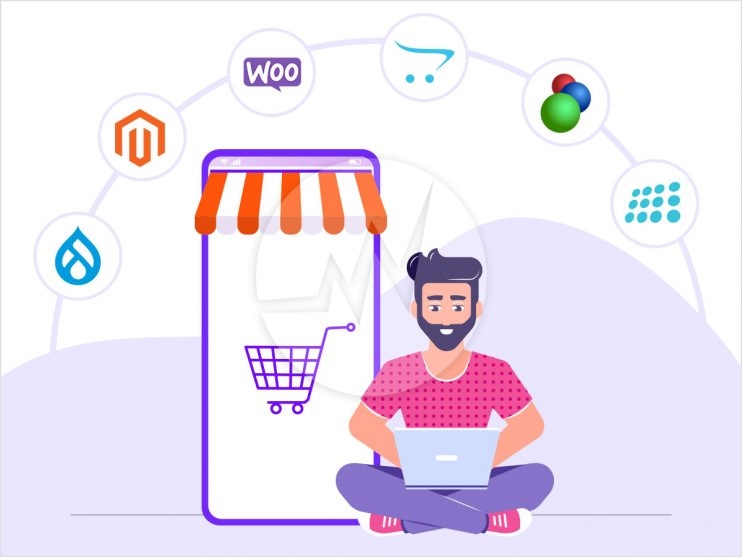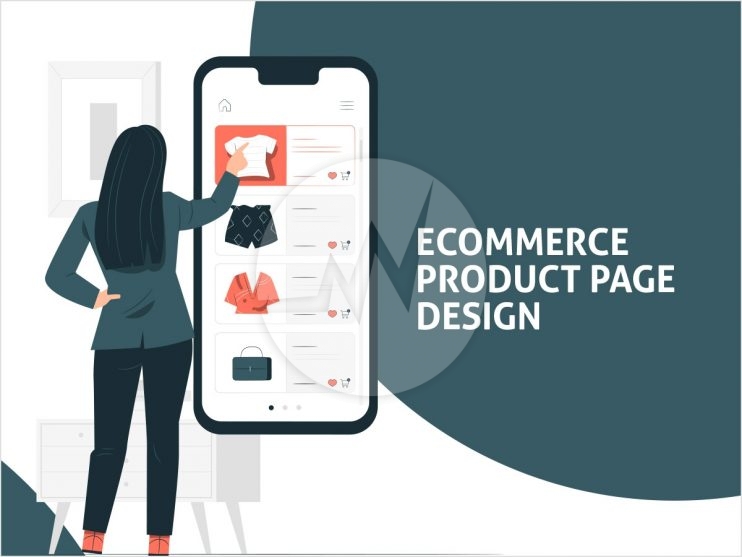Top tips for WooCommerce cart abandonment recovery!

Cart abandonment is one of the profound issues for ecommerce stores. If a cart gets abandoned for a longer span, it will be lost forever. Therefore, you need specific strategies to recover such abandoned carts in WooCommerce.
You cannot overcome this conundrum completely however, it can be handled and reduced with correct strategic plans. When a user leaves the cart abandoned, how will you recognize the problem? It is a little difficult to scan the exact reason. But with an optimized store, you can reduce this problem and improve conversion.
Despite WooCommerce offering an amazing user experience and easy checkout, cart abandonment occurs. However, by applying some tips you can reduce ecommerce bounce rate and recover cart abandonment sale.
What are abandoned carts and why do users leave carts abandoned?
An abandoned cart is nothing but an unattended shopping cart, in which shoppers add items but don’t complete the checkout for any given reason. Many times, it can be counted as a lost sale, which is costly for an ecommerce store. Thereby, it is a must to implement correct strategies in order to save these losses.
Reasons behind abandoned carts can be
- Lengthy checkout process
- Hidden or high shipping charges
- Product selection issue
- Trust issue with brand
- Confusing return/ exchange policy
- Long delivery time, etc.
These are a few common problems that lead to abandoned carts. If your WooCommerce site is optimized for these issues, the cart abandonment rate can be handled and reduced.
Tips to recover WooCommerce abandoned cart sales
1. Exit intent pop-ups to remind users about cart
Exit intent pop-ups appear on users’ screens when they are about to leave the website. They get displayed exactly when the user’s mouse exits the browser window. You can recover many abandoned carts by offering users some coupons or discounts using these pop-ups.
There are chances that you already offering a discount and it is applied to the cart. If then also the user is leaving the cart, what will you do? In such cases, users need more personalization. They might be taking some time to reassure that they are making the right deal. You can send them pop-ups that have answers to their questions and call to action as well.
They can either click on the FAQ section or call to action; in both ways, you are most likely to save a lost deal.
If you wish to add exit intent to your WooCommerce account, you can use the OptionMonster popup plugin to add exit intent pop-ups. It helps you recover abandoned carts and converts website visitors into customers and subscribers.
YOU MAY ALSO LIKE: Speed Up WooCommerce Store Sales
2. Abandoned cart notifications
To remind users about their cart, sending push notifications is one of the engagement strategies. Push notifications show up even if users are not actively browsing your store. Whenever a user is leaving a cart abandoned, you can send them these notifications to come back and complete the order.
WooCommerce has the best web push notification software which is PushEngage. It can send over 15 billion messages in a month. It is easy to set up in no time and then you can start sending notifications automatically.
PushEngage has a free version as well that helps you with 30 campaigns for up to 200 users every month. If you don’t want to go for push notifications, then sending emails to users is a good idea as well. You might be having an email list of subscribers, start sending emails to them to remind them about their abandoned carts.
3. Visible WooCommerce cart
Most of the time, customers add items to the cart and leave them for some time to review the cart later. However, they forget about the cart after some time and such carts get lost. Thereby, if you have a clear and prominently visible shopping cart on your web page, users will recall the products they’ve saved earlier whenever they will visit your store again.
All the WooCommerce themes have a dedicated shopping cart icon at the top of the page or in the navigation menu. But if your theme doesn’t have this icon, add it separately by installing the WooCommerce Menu Cart plugin. After installation, go to WooCommerce > Menu Cart Setup and configure the plugin settings. Then you can customize your menu and add the shopping cart icon too and click on ‘Save’ button to save the changes.
YOU MAY ALSO LIKE: Drupal Vs WooCommerce
4. Don’t include hidden charges and high shipping costs
If shipping charges are too high, it is also one of the main reasons behind abandoned carts. It is hard for you as well not to apply shipping cost every time; however, you can show the exact shipping cost in the product description or on the pricing page wherever it is applicable. So that users will not get shocked by finding the shipping cost at the time of checkout.
WooCommerce has add-ons and plugins to calculate variable pricing and shipping cost. Table Rate Shipping is the best plugin for calculating this cost for every single product in your store. It adds a shipping option to your WooCommerce product page so that users can see the costs for all the products including shipping. Or else you can add the shipping charges to the product price and then show free shipping to entice users.
5. Guest checkout without account creation
Most ecommerce stores ask users to create their accounts to make shopping easier in the future. However, many users don’t wish to create an account and they leave the cart abandoned.
You can enable the guest checkout feature in WooCommerce and allow users to purchase products without creating an account. To do this, go to WooCommerce > Settings and then click on the ‘Accounts & Privacy’ tab and then check the ‘guest checkout’ box.
6. Faster checkout process
A website or ecommerce store’s speed decides the conversion rate of that store. A 1-second delay in download and you will lose a significant number of customers. Therefore, make sure your WooCommerce store is quick and responsive in order to maintain sales and conversion.
Follow the best practices to improve WooCommerce speed and performance.
7. Multiple payment methods
If an ecommerce store has lesser payment methods, it will be a reason of increasing cart abandonment. Thereby, add as many payment methods as you can. WooCommerce makes it easy for you by providing multiple payment methods integration such as credit card, debit card, PayPal, COD, and many other options.
Go to WooCommerce > Settings and then click on the ‘Payments’ tab for payment settings. More payment options, more conversions.
8. Urgency and scarcity strategies
It is a result-giving trick because when you create urgency or scarcity of a product, users are more likely to buy it immediately. To implement this trick, you can use either OptionMonster or SeedProd plugins. OptionsMonster comes with a countdown feature that you can add to your campaign and SeedProd helps you to create fully customized WooCommerce cart pages with drag and drop builder. It also has myriad conversion-boosting elements such as countdown timer, popular products, testimonials, etc.
9. FOMO
WooCommerce has a TrustPulse plugin to create FOMO (fear of missing out) for users. It is one of the best social-proof plugins of WooCommerce to improve conversions and sales. When a customer is about to complete their purchase, they get a notification on their page about a similar product bought by other customers as well. It boosts their morale to complete the purchase. You can install TrustPulse easily, no coding required, and customize it as per your requirements.
10. Easy FAQs
Lack of information is another reason behind cart abandonment. When customers look for your product, there might be some questions nagging to them. Make sure you are providing FAQs to answer their questions.
You can use the Custom Product Tabs plugin in WooCommerce to add a separate FAQ tab. Firstly, install the plugin and then activate it. After that, add the FAQ section on the product page. Then in the ‘Product Data’ section click the ‘Custom Tabs’ option. You can enter the product FAQ into the new tab for each product.
The SeedProd plugin also can be used to add an FAQ section to your WooCommerce product pages. However, these are all frequently asked questions, you cannot cover all the questions. Thus, make sure your website has a live chat option as well to resolve such customer’s queries. Use the LiveChat plugin to add live chat box for WooCommerce. It is one of the best software available.
11. Trust generators or boosters on the cart page
Online shopping has trust issues, especially if buying from a new store. Therefore, if your store has some trustworthy signals that ensure customers about complete privacy of their personal and payment information, then they are more likely to buy from your store.
Most importantly, your store must have an SSL certificate because it helps protect the whole data. Customer reviews or testimonials work in favor of store owners; so, post reviews with products. And you can also add security badges (for example security certificates from Norton, McAfee, etc.) to the cart and checkout pages.
12. Easy ways to contact your team
At times, users are in rush, and they don’t wish to go for a live chat either. In that case, you can provide them with other methods to contact you. Contact forms can be a good option. WPForms plugin helps in creating these forms. It has drag and drop builder and a library of approx. 300 templates to create the contact form.
You can also add a business phone number using the Nextiva plugin. It offers a free WordPress click-to-call button to your store; thus, users can easily contact you.
13. Enabling users to save cart
Users add products to the cart and then go to other online stores to find more options and deals. During this process, they leave or close your tabs which might lose their cart as well. Therefore, allow them to save their cart for future reference. To do this, install and activate YITH WooCommerce save for later plugin.
14. Use data-driven strategies
You don’t need to rely on wild guesses or traffic stats. Use Google Analytics to get actual store sales and conversion data and then make more educated strategies for your WooCommerce store.
Google Analytics lets you know the exact shopping behaviour of users. And if want more precise results, then install the MonsterInsights plugin for WooCommerce reporting and analytics. This plugin gives you deep ecommerce insights with no coding requirements and it works well with GA4 (Google Analytics 4) as well. It has a comprehensive dashboard, which gives a complete breakdown of the store’s performance.
Wrapping up
Apply the above-mentioned tips for WooCommerce cart abandonment recovery. These are all simple and easy-to-apply methods and icing on the top is no extra coding required but it should be implemented properly.
You can hire WooCommerce developers who have expertise in WooCommerce plugins and add-ons customization to resolve cart abandonment issues. Skynet Technologies is WooCommerce web development firm who utilizes WooCommerce plugins and improve your sales and conversion with their proven SEO and digital marketing strategies.






